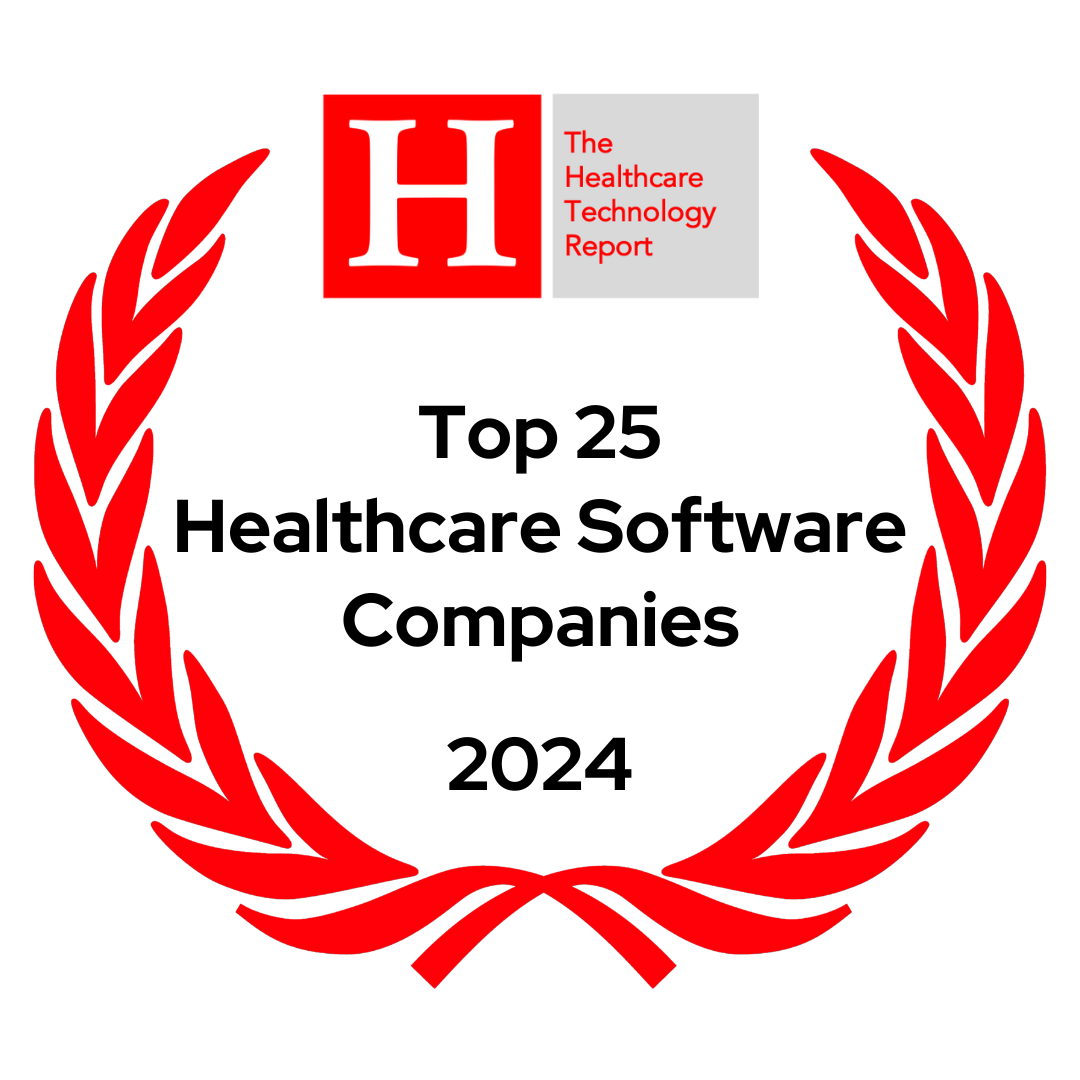An asthmatic patient named Betty has recurring attacks, is not adhering to her symptom response plan and has not seen her primary care physician in two years. As a result, she goes to her local Emergency Room whenever an attack occurs. Betty’s local health system actually has many asthmatic high utilizers — primarily in the spring — when pollen, mold and other allergens are at an all-time high.
At the same time, through use of Lumeris’ advanced analytics and Automated Reporting solution, Betty’s health plan pulled a list of high utilizing patients with asthma. Through Care Management, physicians and their care teams completed assessments and care plans for each patient, educated the patients about their chronic conditions, stressed the need to adhere to symptom response plans and scheduled regular checkups. The overall result: asthmatic ER utilization decreased by nearly 40 percent, and associated hospital admissions and readmissions decreased as well.
This is one of countless examples of how Automated Reporting not only reduced cost, but also improved the quality of care delivered. With recently released numbers from the Congressional Budget Office estimating that 25 million previously uninsured individuals will enter the marketplace by 2016, there’s a need to manage cost and turn data into actionable information. To do this, Lumeris has identified three key elements:
- Analytics
- Reports/dashboards
- Workflows
Though analytics are not glamorous, they are crucial. They provide complete transparency into the daily, monthly and yearly operations of a health plan. Lumeris provides analytics through our Automated Reporting Solution that gathers data from disparate sources, places it in one location and turns it into information that shows — to use the example above — why utilization rates have increased in the last month. Automated Reporting gives users the ability to:
- View cost from an enterprise or population level down to individual patients and claims detail
- View information as determined by user roles
- Search data elements by keyword
Analytics serve as a great starting point to determine problems, but without reports and dashboards generated from those analytics, information stays in one place and fails to reach the organization or individual it impacts most. To again reference our asthmatic patient, the ER doctor in that situation needed to quickly know that Betty was not following her symptom response plan, and as a result, was increasing cost. Our Automated Reporting Solution provides a wide variety of tools to help the right information reach the right people quickly by:
- Allowing users to create detailed, customized reports using data and narrowing the data down to specific groups — for example—if only ten hospitals are needed for a report, the user can narrow the scope of the report so that only those ten hospitals can be selected
- Giving the user the ability to custom-set a number of warnings to show data that needs immediate attention — for example — if revenue drops below a certain number, the user can establish a warning so that information will appear in red on the report
- Providing a filtering interface with advanced options to limit the data displayed in a report, which gives the user control over the information while creating the report, and also what information the reader of the report will see when viewing the report
Combining analytics, reports and dashboards leads to better decisions, but the ability to integrate reports into a physician’s daily workflow leads to immediate outcomes. Other solutions offer analytics and reports, but only we take the reports and make them a part of the physician’s daily workflow.
As an example, everyday when our accountable physician logs into Lumeris’ cloud-based Accountable Delivery System Platform (ADSP)®, he sees a custom dashboard where information needing his immediate attention is flagged. Our modifiable dashboards show him what he needs to know in order to meet the metrics in his value-based contract and improve on the quality of care delivered. Tomorrow, he’ll see that his generic dispense rate is above average, and he will continue performing strongly in that area. The next day, his dashboard will show that his patient’s risk scores are dropping and that he likely needs education in documentation and coding. Regardless of the information presented or how often it changes, that dashboard is part of his daily workflow.
Reports, dashboards, analytics, and workflow all serve as essential parts in achieving the Triple Aim +1™: better health outcomes, lower costs and improved patient plus physician satisfaction.

